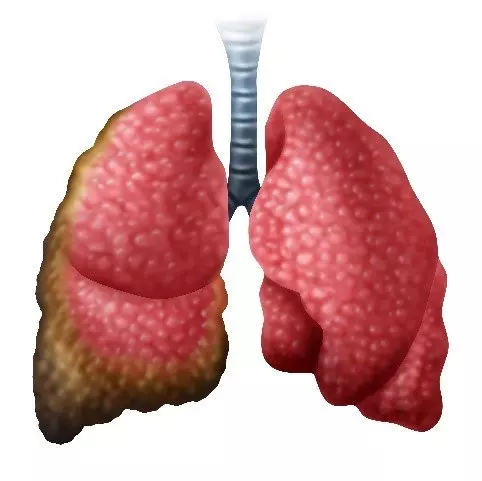
Mesothelioma is a cancer that occurs in the mesothelial cell which lines the organs of the chest, abdominal cavities as well as the lining of the heart. It is caused by exposure to asbestos fibres although the mechanisms is not completely understood. Asbestos fibres are 200 times thinner than a human hair and can easily be inhaled or swallowed, mesothelial cell seem to be particularly susceptible.
Incidence of mesothelioma is growing, in Australia and NSW, and may not peak until the 2030s as it can take many years after exposure to develop this disease.
Pleural mesothelioma begins in the membrane that surrounds the lungs however it is not considered a lung cancer and is treated differently. Pleural mesothelioma accounts for about 90% of mesothelioma cases.
Pleural Mesothelioma Prevention
For trade and construction workers and people that have worked in older buildings throughout the life, exposure to asbestos is likely imminent. Tiny asbestos fibers used in older materials and buildings can enter the body either by being inhaled or swallowed after these fibers are released into the air. Those that become trapped in the body can cause irritation, inflammation and cellular changes that can lead to mesothelioma.
Awareness of asbestos has drastically improved over the years. It is important for workers to take their own precautions around asbestos and report any unsafe work conditions to OSHA. Workplaces and workers in construction that may be exposed to asbestos should protect themselves by seeking advice from the employer about risks in the workplace, never cutting or drilling into asbestos materials without proper protection and always disposing of asbestos materials according to state or federal regulations.
No smoking or quitting is an important preventative option. Workers who have been exposed to asbestos are 50 times more likely to develop pleural mesothelioma than those who don’t smoke.
Unfortunately for many experienced workers or people that have been explored to asbestos, preventative measures are too late.
Symptoms
The main symptoms of pleural mesothelioma include:
- Shortness of breath – which usually worsens with activity or when lying down – Usually related to plural effusion (fluid collects in the pace between the ribs and lungs)
- Chest pain or pain in the shoulder and upper arm
- Persistent cough or change to a person’s usual cough, less likely symptoms in many cases
- Loss of appetite and weight loss are also less-likely symptoms
These symptoms are similar to those of other conditions so it is important if you know that you have been exposed to asbestos to let your GP know.
Treatments for Pleural Mesothelioma
Mesothelioma has proved difficult to treat and there is no cure. Treatments are focused on controlling the disease and maintaining patient’s quality of life. There are a number of specialists that may be involved in the care of mesothelioma patients.
-
Surgery
A Surgeon may be involved initially to help obtain a biopsy of tissue for diagnosis as well as draining any fluid present to help re-expand and maintain inflation of the lung. A few patients may be suitable for more aggressive surgery, potentially in combination with other treatments discussed
-
Chemotherapy
Standard treatment involves chemotherapy, usually with a combination of two drugs, evidence shows that some patients respond well to this treatment. Timing of the treatment can be more challenging, if there are currently no symptoms it may be possible to delay chemotherapy for a period of time.
Immunotherapy is a new form of anti-cancer treatment which uses the body’s immune system to fight cancer. It has been very successful in some forms of cancer and there is early evidence that it may be of benefit in mesothelioma. There is no PBS funding for the use of these expensive drugs in this condition, but there are avenues to explore to reduce the cost burden to the patient.
-
Radiotherapy
Radiation treatment uses x-rays to kill cancer cells, it has limited use in mesothelioma treatment as the cancer cells appear resistant to radiotherapy. If the disease is causing specific issues in specific locations then it may form part of treatment.
Compensation
In NSW, a diagnosis of mesothelioma, must, by law be reported to the Dust Diseases Board. Pleural mesothelioma is almost always a result of being exposed to and inhaling asbestos fibre, often due to work. If work related exposure can be proved to have occurred in NSW then the individual may be entitled to compensation. The Dust Disease Board is now administered through icare and the first step in the process would be to contact them directly. Civil action can also be considered against the manufacturer. Avenues also exist for compensation if the exposure occurred in other states or overseas.
